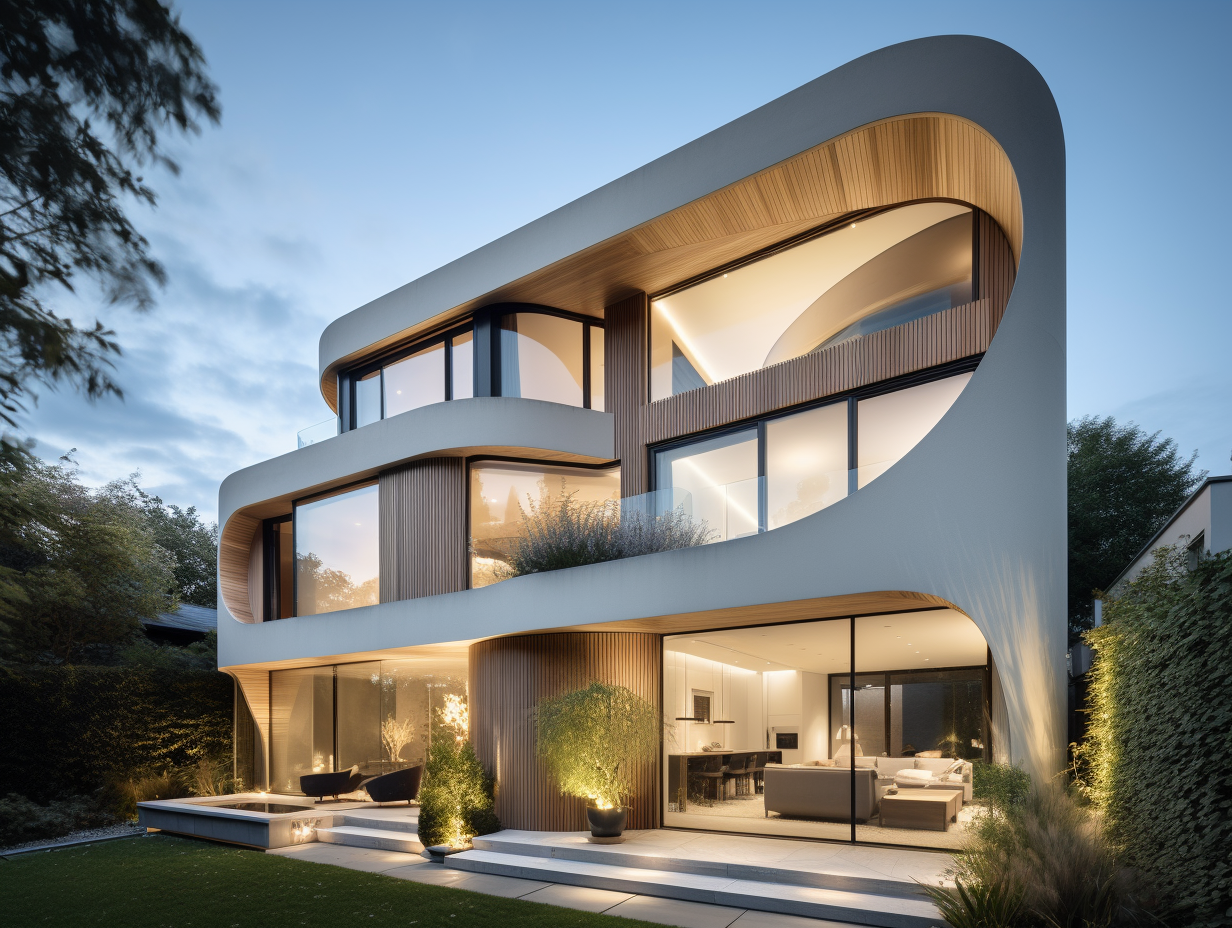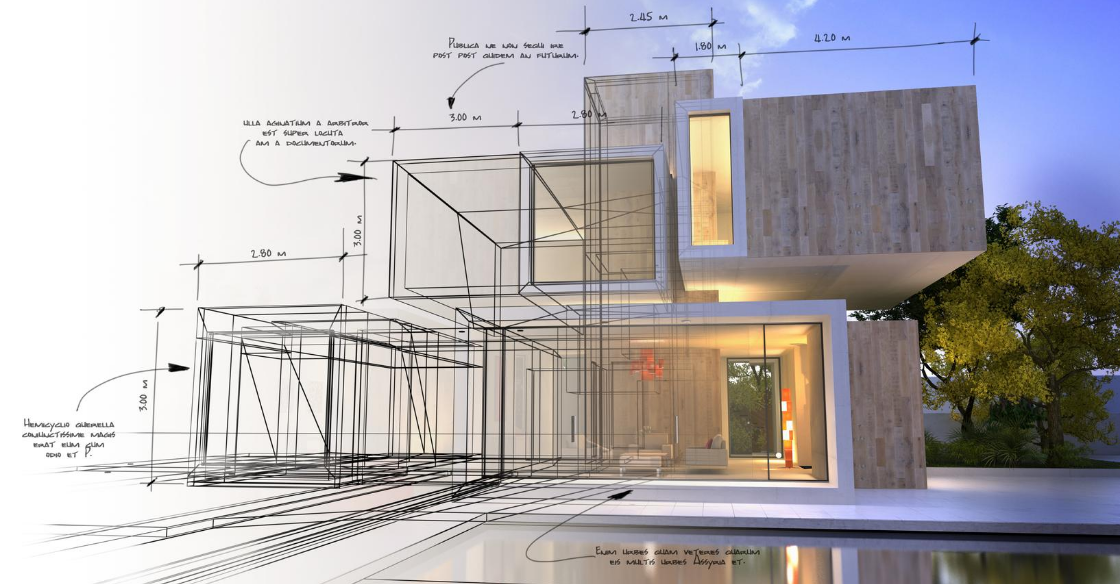The Influence of Technical Developments on the Design Practices of Contemporary Architects
The rapid evolution of technical tools has dramatically improved the style landscape for contemporary engineers, promoting unprecedented degrees of advancement and sustainability. The combination of Building Details Modeling (BIM), parametric design, and artificial knowledge has not only structured partnership among varied teams yet likewise redefined project implementation. However, as engineers accept these advancements, they are challenged with complicated obstacles that might influence their innovative procedures. Discovering these dynamics exposes a nuanced interplay between modern technology and conventional layout approaches, motivating a closer assessment of what the future holds for building practices.
Advancement of Architectural Devices
How have architectural tools transformed the design and construction processes over the centuries? The evolution of architectural devices has considerably affected the efficiency, accuracy, and creative thinking of layout and construction.
With the development of the Renaissance, the intro of the compass and the protractor noted an essential shift. These devices made it possible for designers to achieve better precision in their styles, helping with the emergence of even more complex and proportionate structures. The Industrial Revolution additionally reinvented architectural exercise with the intro of mechanized devices and materials, permitting bigger and extra ambitious tasks.
In the 20th century, the growth of computer-aided style (CAD) software changed the landscape once more, providing engineers with unmatched capacities in modeling and visualization. Today, advanced devices such as Building Details Modeling (BIM) and parametric design software program remain to press the limits of building advancement, enabling a much more integrated technique to design and building procedures.
Improved Cooperation in Design
As modern technology remains to progress, improved partnership in design has come to be a cornerstone of modern building practice. The combination of electronic devices such as Building Info Modeling (BIM), cloud-based systems, and advanced visualization software application has actually transformed the method engineers, designers, and stakeholders interact throughout the style procedure. These devices facilitate real-time communication, enabling groups to share ideas, modifications, and comments immediately, no matter geographical place.

Additionally, interdisciplinary collaboration has actually been structured via these technical innovations, enabling designers to work more very closely with various other experts, such as metropolitan coordinators and environmental professionals. The outcome is a much more cohesive strategy to create that thinks about different perspectives and knowledge. Ultimately, boosted partnership in design is not just a pattern; it is important for developing ingenious, practical, and aesthetically pleasing style in a progressively complex globe.
Sustainability Via Technology
Sustainability in design has actually progressively become intertwined with technical technology, driving the industry towards eco responsible methods - cda architects. Contemporary designers are leveraging innovative innovations to decrease environmental impact while improving the efficiency of structures. One prominent example is making use of Structure Details Modeling (BIM), which permits exact preparation and source appropriation, decreasing waste during building and advertising power performance throughout a structure's lifecycle
Moreover, wise materials and energy-efficient systems are being incorporated right into styles to maximize source use. Technologies such as solar batteries and environment-friendly roofing systems harness renewable resource sources, adding to decreased carbon footprints. Furthermore, the application of expert system in style processes enables engineers to mimic and assess power intake, assisting choices toward more lasting outcomes.
The assimilation of lasting modern technologies not just lines up with worldwide environmental objectives yet additionally satisfies a boosting need from consumers for environmentally friendly solutions. As architects welcome these advancements, the focus shifts in the direction of creating rooms that are not just visually pleasing but additionally functionally lasting, thus redefining the standards of modern-day design. This way, technology works as a stimulant for sustainability, allowing architects to make buildings that respect and boost the natural surroundings.
Difficulties in Implementation
While technological innovations in design hold great assurance for improving sustainability, their implementation commonly experiences substantial difficulties - cda architects. One primary challenge is the high understanding contour linked with new modern technologies. Designers and building and construction experts might need extensive training to successfully utilize a knockout post sophisticated software and tools, which can postpone project timelines and boost prices
Furthermore, the assimilation of emerging modern technologies, such as Building Info Modeling (BIM) and lasting products, typically demands collaboration across multidisciplinary groups. This collaboration can be impeded by distinctions in knowledge, operations, and interaction styles, resulting in possible problems and inefficiencies.
Financial restrictions even more complicate the adoption of ingenious modern technologies. Many architectural firms, especially smaller ones, might lack the sources to purchase cutting-edge tools, limiting their capability to contend with bigger companies that can manage such financial investments.
In addition, regulatory frameworks and building ordinance may not keep speed with technological innovations, creating ambiguity and potential conformity concerns. This obstacle can discourage architects from totally welcoming brand-new modern technologies, as the threat of non-compliance might exceed the advantages. As a result, addressing these implementation challenges is crucial for the effective assimilation of technical improvements in contemporary architectural practices.
Future Trends in Architecture
The obstacles related to the application of new modern technologies in design have motivated a reevaluation of our website future patterns within the industry. As engineers browse issues such as sustainability, urbanization, and social equity, they are increasingly taking on cutting-edge innovations to improve layout effectiveness and ecological performance.
One prominent fad is the integration of artificial knowledge their explanation (AI) in the style procedure. AI tools can analyze huge datasets to inform layout decisions, boosting both imagination and capability. Likewise, Structure Info Modeling (BIM) continues to progress, enabling real-time partnership amongst stakeholders and assisting in structured job monitoring.
Lasting design methods are likewise acquiring energy, with architects concentrating on flexible reuse and regenerative layout principles that lessen source intake and waste. The consolidation of wise products and renewable resource resources will certainly further improve the strength of structures in the face of climate modification.

Verdict
Technical improvements have considerably reshaped building style methods, helping with improved accuracy, collaboration, and sustainability. The combination of devices such as Building Information Modeling and parametric layout software program, together with synthetic intelligence and smart materials, empowers engineers to deal with complex obstacles extra properly. While application may offer certain challenges, the ongoing advancement of these modern technologies promises to drive innovation in design. Future trends will likely better highlight sustainability and performance, eventually redefining the built environment.